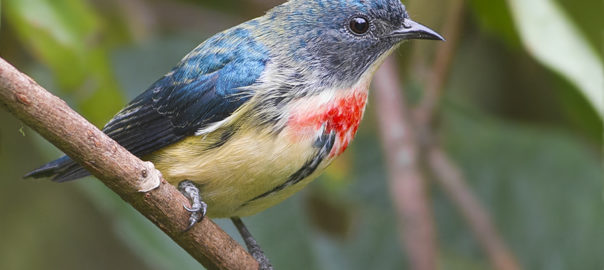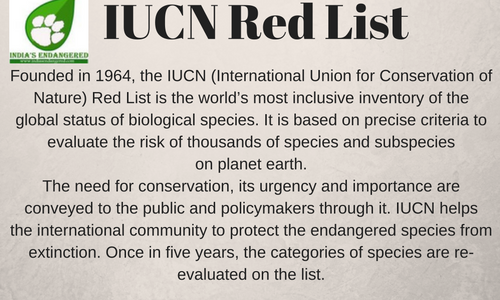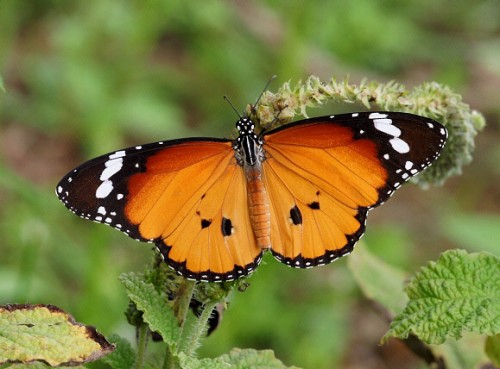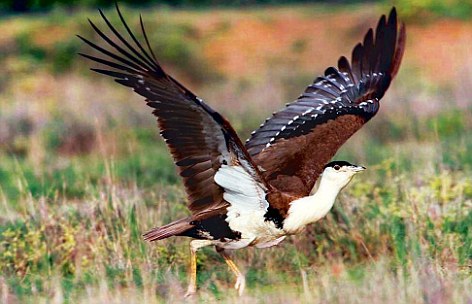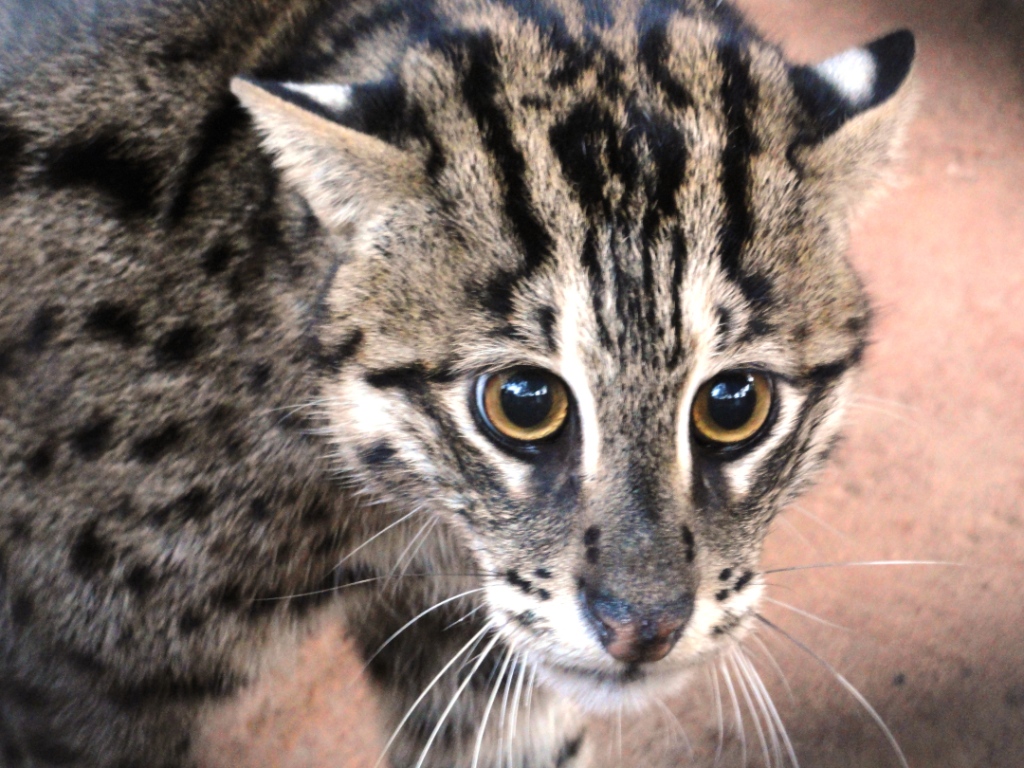According to the results of a new research conducted by Duke University, more than 200 species of birds in six rapidly developing regions of the world are at risk of extinction. This study used remote-sensing technology to map out changes in land usage which was slowly resulting in restricted habitats of more than 600 species of bird.
The affected regions are in the Atlantic forest of Brazil, Central America, the western Andes of Colombia, Sumatra, Madagascar and Southeast Asia which includes India.
Surprisingly, a number of species that have figured in this list do not appear in the IUCN Red List of Threatened Species.
The study’s lead-author Dr. Natalia Ocampo-Penuela said,
‘The places and birds we selected are some of the most biodiverse and threatened places on Earth. These are birds that are endemic and threatened, which means they are not found anywhere else in the world, and are in danger of going extinct.’
One of the key outcomes hoped by the researchers is that by according endangered status to over 200 of these species, regulators could bring in rules and enforce them to protect them from extinction.
The study included about 600 species of which 108 are presently listed in the Red list. However, 210 of the species could face extinction more rapidly than earlier predicted due to degrading habitats.
They also inferred that about 189 of the 600 species analysed should be reclassified as officially threatened yet again due to rapidly declining habitats.
Read More: IUCN Conservation Hero Is Indian Conservationist Bibhuti Lahkar
Overlooked species and habitats

The researchers wish that the IUCN Red list, which is considered to be a highly reliable source of information on species; needs to keep up with technological advances in order to be more precise and up to date.
‘Good as it is, the Red List assessment process dates back 25 years and does not make use of advances in geospatial technologies,’ Stuart Pimm, Professor of Conservation Ecology at Duke’s Nicholas School of the Environment
‘We now have powerful new tools at our fingertips, including vastly improved digital maps, regular global assessments of land use changes from satellite images, and maps showing which areas of the planet are protected by national parks.
The IUCN Red list does not make use of geospatial data directly into its assessment of risk to species.
‘We were surprised at how little protection these species have,’ Dr Ocampo-Peñuela said.
‘About half of the birds we studied have less than 10 per cent of their range within protected areas.’
Read More: These Are The Most Threatened Birds Of India
By not making use of this data that is easily available, the Red List is at risk of underestimating the numbers of species at risk.This could imply that officials and researchers are unintentionally overlooking areas of conservation that need to be highlighted.
Using New Technology

‘The Red List employs rigorously objective criteria, is transparent, and democratic in soliciting comments on species decisions,’ Professor Pimm said.
‘That said, its methods are seriously outdated.’
Dr Ocampo-Peñuela agrees: ‘The IUCN should take advantage of the information and tools that exist to improve species’ risk assessments,’ she says.
‘We have shown one way in which this information can be used, by refining the species’ range to its suitable habitat, and seeing how much of it is protected.
‘The next step would be to determine the vulnerability of those populations due to fragmentation and habitat degradation.’
For instance, presently the Red List takes into account the geographical range of a species when assessing its relative population risk.
Though this is still an effective way to assess species’ risk, it is now obsolete – new geospatial technology offers the scope of measuring how much preferred habitat remains in that range, undoubtedly a more accurate method of analyzing habitat decline.
‘Some bird species prefer forests at mid-elevations, while others inhabit moist lowland forests,’ Dr Ocampo-Peñuela said.
Read More: World’s Highest Number Of Song Birds Found In The Himalayas
Knowing how much of this preferred habitat remains – and how much of it has been destroyed or degraded – is vital for accurately assessing extinction risks, especially for species that have small geographical ranges to begin with.But it’s ignored in the current Red List assessment process.’

It is hoped by the researchers that their study may lead to better data analysis on species’ risk, thereby helping to conserve species which may have been ignored.
Change is the only thing that is constant. With technology making advances in leaps and bounds, it is up to policymakers and scientists/ conservationists to make best use of the available technology, the vast and precise data it yields and data analyses it provides to make more accurate and precise listing of species.

